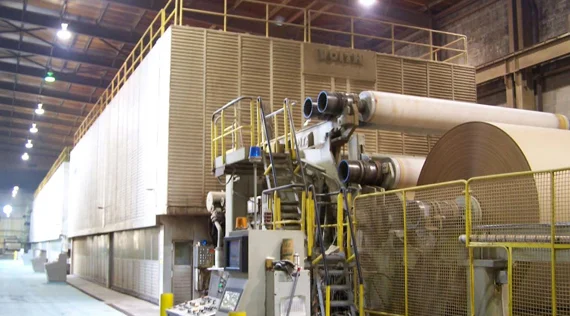The Recycling Partnership, US EPA releases latest recycling status report
Waste & Recycling | 2017-03-22 03:20:45
The report captures the positive trend by Americans to associate recycling as a common, everyday activity, more than ever before.
SPOKANE (Scrap Monster): The US Environmental Protection Agency (EPA) and The Recycling Partnership have released new report on the current status of curbside recycling in the country. The report titled “The 2016 State of Curbside Report” is being prepared by The Recycling Partnership with grant support from EPA regions. The study represents 28% of the US homes that could potentially receive curbside recycling service.
The report captures the positive trend by Americans to associate recycling as a common, everyday activity, more than ever before. According to the report, curbside recycling remained stronger in some places than in others. The report analyzes data from the 465 curbside recycling programs from around the country and draws upon the knowledge, experience and research from the staff of The Recycling Partnership. It notes that residential curbside recycling is the cost-efficient and convenient method to collect bottles, containers, cans and paper from households.
“The 2016 State of Curbside Report” identifies some of the notable trends common across the US curbside recycling system. It notes that strong community participation often leads to curbside recycling success. There exists a lack of consistency in the methods adopted by various communities to educate about curbside recycling. Single-stream collection of recyclables and clear communication on types of materials that could be dropped into the recycling cart has proved to deliver better recycling rates.
Curbside recycling carts were identified as the predominant collection method in 7 out of the 10 regions surveyed under the study. 61% of the overall surveyed cities were found to use carts for recycling collection. 15% of the cities were found using bins. Bags were still being used in nearly 4% of the surveyed communities. Also, the pounds of recyclable materials collected per household, per year (lbs/hh/ yr) showed small difference between weekly and every-other-week (EOW) pick-up schemes.
The study found that the amount of recyclables collected by public and private entities did not have big difference between them. An average of 371 lbs/hh/yr was collected by private haulers as against the average of 345 lbs/ hh/yr collected by public haulers.
Single-stream collection of curbside recyclables recorded a national average of 364 lbs/hh/y, while dual-stream collection recorded an average of 277 lbs/hh/yr. Single-stream collection scheme with glass collected separately generated significantly high average collection of d 488 lbs/hh/y. The single-stream plus glass collection method was found effective in certain communities, the study noted. By weight, glass accounts for 15-25% of single-stream collection. However, some programs don’t accept glass at the curb.
Of the top performing communities in the survey, 96% collected material single-stream. 83% of the top-performing communities collect recyclables using wheeled carts with lids with the large majority being 95 gallons. The engagement of local governments in recycling programs and implementation of incentivized recycling programs has proved extremely effective.
The data presented in the report helps to build a national understanding of the recycling landscape. It also helps to create a future roadmap of strategic changes that could take the current recycling system to new levels, thereby supporting the transition to a circular economy.
 By
By 